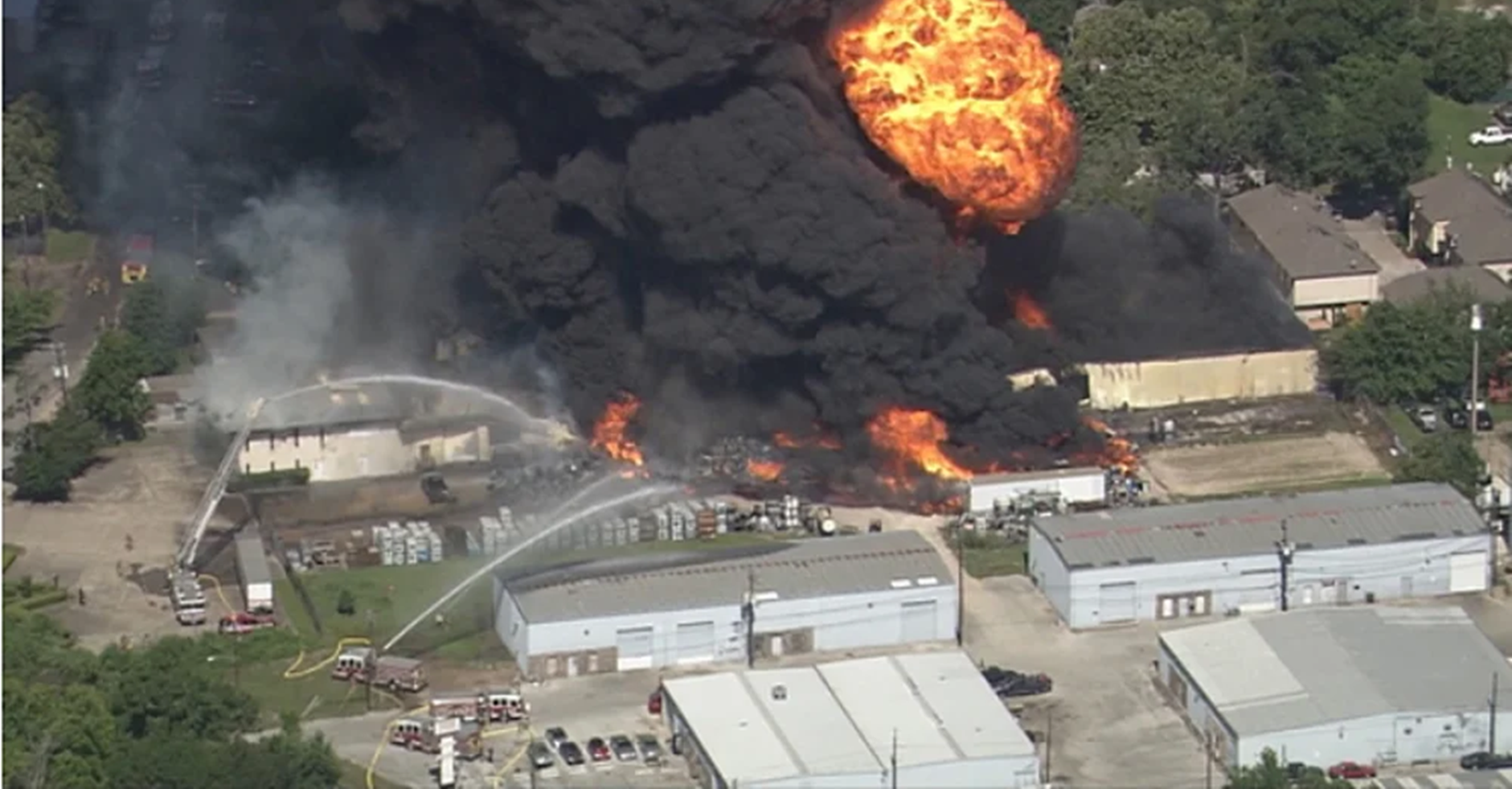Lithium-Ion Storage Fires: Reinforcing the Need for Reliable Fire Protection
FireWatch: World Updates
A major fire at a car battery warehouse in the United States once again highlighted the growing risks associated with lithium-ion storage facilities. The incident forced the evacuation of nearby residential areas due to toxic smoke and the potential risk of explosion, raising renewed safety concerns around the management of high-energy batteries.
According to emergency services, the fire escalated rapidly after ignition, generating thick plumes of smoke that spread across the surrounding area. First responders deployed specialized firefighting units and hazardous materials teams to contain the blaze. While no injuries were reported, the incident underscored how thermal runaway, a condition where batteries overheat uncontrollably, can turn into a large-scale industrial hazard.
The question of how best to suppress lithium-ion battery fires remains complex. NFPA 855 references that sprinkler systems (water-based) and water mist may play a role in containment or cooling, though water is not universally considered the primary extinguishing method. Other approaches, such as foam-based solutions, encapsulating agents, or clean agents, are also being evaluated depending on the type of facility and the scale of storage. What is clear is that cooling and containment are crucial to reduce the spread of fire and safeguard nearby structures and assets.

For operators handling volatile or high-density materials, this reinforces the critical role of reliable fire protection systems. Fire pumps and suppression equipment must be fully operational, compliant with safety standards, and capable of providing rapid pressure delivery, redundancy, and compatibility with different extinguishing agents as determined by risk analysis.
At Ruhrpumpen, our Fire Systems Division is committed to supporting critical infrastructure worldwide with UL/FM-certified pumping solutions engineered for resilience, compliance, and performance. Because when dealing with high-energy risks, preparedness is not optional, it’s the only defense.
While no single system can fully eliminate the risks of lithium-ion fires, robust protection strategies, and the reliable pumping systems behind them, remain essential for minimizing impact and protecting lives.
